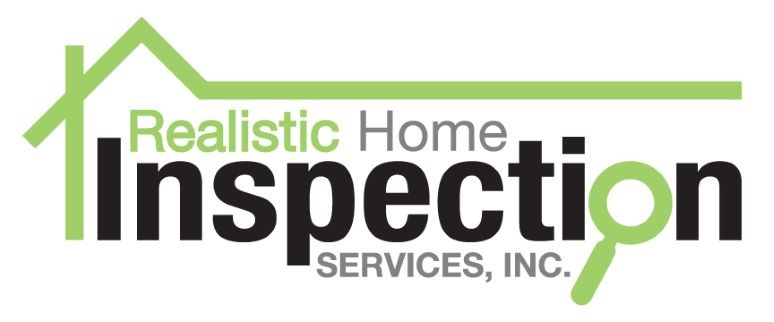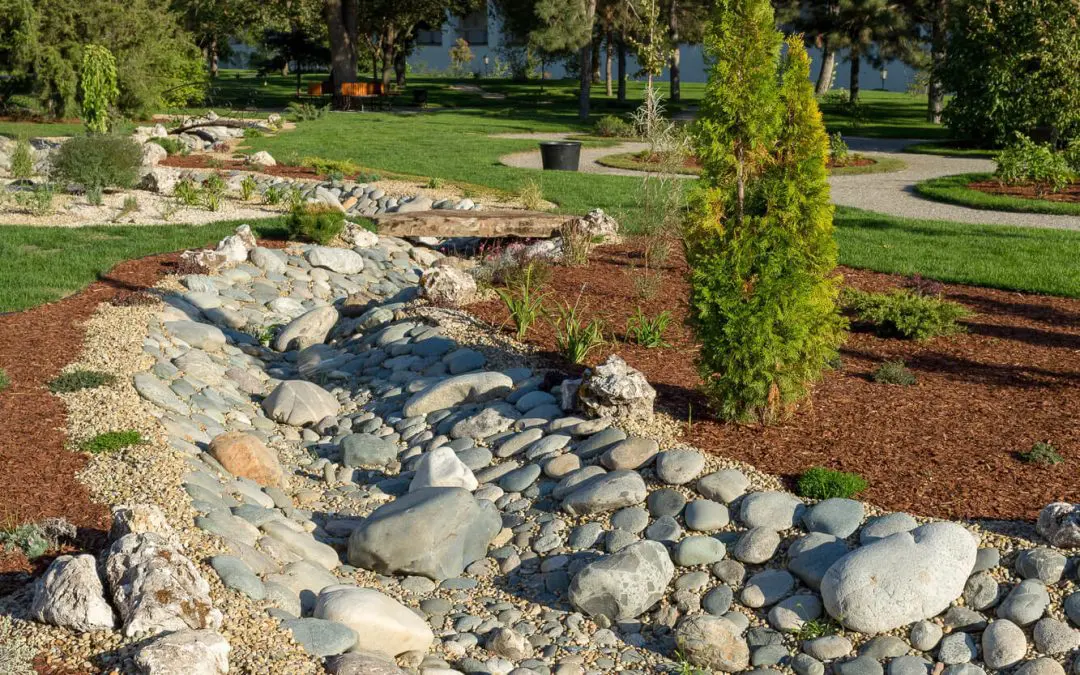Proper drainage is essential for maintaining the health and stability of your property. Without it, you could face water damage, soil erosion, and foundation problems. Whether you’re dealing with pooling water, a soggy lawn, or muddy pathways, there are several effective strategies to improve drainage on your property.
1. Assess Your Property’s Drainage Needs
Before implementing any drainage solutions, it’s crucial to understand your property’s specific issues. Start by observing where water collects after rain, noting any low spots, soggy areas, or runoff paths. This assessment will help you identify problem areas and determine the most appropriate solutions.
2. Regrade Your Lawn to Improve Drainage
One of the most straightforward solutions for improving drainage is regrading your lawn. The goal is to create a gentle slope away from your home, directing water towards designated drainage areas. To do this, you may need to add or remove soil to achieve the desired grade. While this can be a DIY project, consulting with a professional landscaper ensures proper grading and prevents potential issues.
3. Install French Drains
French drains are an effective way to manage excess water and prevent pooling. A French drain consists of a trench filled with gravel and a perforated pipe, which collects and redirects water away from problem areas. You can install French drains along the perimeter of your property, around the foundation, or in areas where water tends to accumulate. Cover the trench with landscape fabric to prevent soil and debris from clogging the pipe.
4. Create a Rain Garden to Improve Drainage
A rain garden is a beautiful and eco-friendly solution for managing stormwater runoff. By planting water-tolerant plants in a shallow depression, you can create a natural area for water to collect and slowly filter into the ground. Rain gardens help reduce erosion, filter pollutants, and provide habitat for wildlife. When designing a rain garden, choose native plants that thrive in your region’s climate and soil conditions.
5. Use Permeable Paving
Traditional concrete or asphalt surfaces can contribute to drainage problems by preventing water from soaking into the ground. Permeable paving materials like porous concrete, pavers, or gravel allow water to infiltrate the surface and reduce runoff. Consider using these materials for driveways, walkways, and patios to enhance drainage and minimize water pooling.
6. Install Downspout Extensions
Your home’s downspouts are crucial in directing water away from the foundation. However, if the water is discharged too close to the house, it can lead to foundation issues and basement flooding. To prevent this, install downspout extensions that carry water at least 10 feet away from the foundation. Depending on your landscape and aesthetic preferences, you can use flexible hoses or rigid piping.
7. Incorporate Swales and Berms
Swales and berms are landscape features that can help manage water flow on your property. A swale is a shallow, grassy channel that directs water to a designated drainage area, while a berm is a raised mound of soil that can divert water away from specific areas. Both features can be integrated into your landscape design to improve drainage and enhance the overall appearance of your yard.
8. Regular Maintenance and Inspection Will Help Improve Drainage
Once you’ve implemented drainage solutions, regular maintenance is critical to ensuring their effectiveness. Clear debris from gutters and downspouts, inspect French drains and other drainage systems for clogs, and regrade any areas where soil may have settled. Keeping your drainage systems in good condition can prevent minor issues from becoming major problems.
Improving drainage on your property is an investment in the long-term health and safety of your home and landscape. By assessing your property’s needs and implementing appropriate solutions, you can manage water effectively, reduce the risk of damage, and create a more enjoyable outdoor space. Whether you tackle these projects yourself or hire a professional, the benefits of proper drainage are well worth the effort.
FAQs
How does a sump pump contribute to managing drainage issues?
A sump pump is an essential tool for managing drainage issues in basements or crawl spaces. It collects accumulated water in a sump basin and pumps it away from the home. This prevents water from rising to the level where it can cause damage, making it an effective solution for homes with high water tables or poor natural drainage.
What role do soil types play in drainage efficiency?
Soil type is crucial in determining how well your property drains. Sandy soils drain quickly but may not retain enough moisture for plants. Clay soils, on the other hand, drain poorly and can become compacted, leading to water pooling. Loamy soils, which are a mix of sand, silt, and clay, generally offer the best drainage and moisture retention balance.
Can improper drainage affect my home’s structural integrity?
Yes, improper drainage can lead to significant structural issues. Water accumulation around the foundation can cause soil to expand and contract, potentially leading to cracks, shifting, and basement flooding. Over time, this can compromise the stability of your home.
Are there any regulations or permits required for drainage work?
Yes, regulations or permits may be required for certain drainage solutions depending on your location and the project scope. For example, installing large-scale systems like French drains or altering the grading of your property may require local government approval. It’s essential to check with your local municipality or a qualified professional before starting work.
Realistic Home Inspection Services offers pre-listing inspections to homeowners in the greater Milwaukee area. Contact us to request our services.

